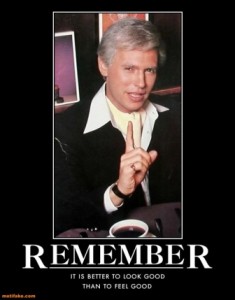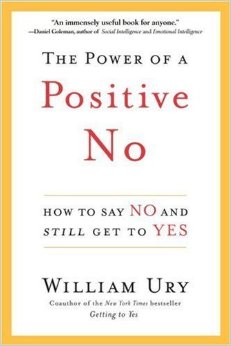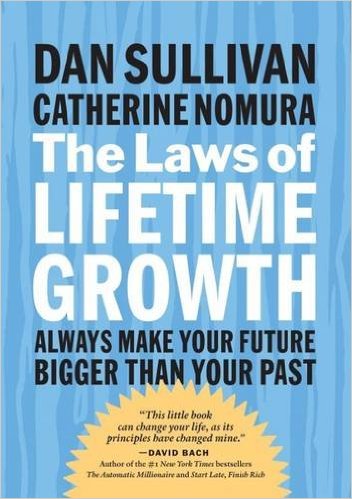“Answers are closed rooms; and questions are open doors that invite us in.”
—Nancy Willard – American novelist and poet

image from sanfranciscoaudiophilesociety.com
Much of our current educational system has focused on students getting the correct answer. How else will you earn a perfect score on tests, the ACT and SAT exams, get into a good college or university, and achieve success? And whose definition of success is it?
A more recent form of education tends to be far more focused on inquiry and experience-based learning. In this method, powerful questions open many different doors, inviting the learner to be an integral part of the educational process.
EXERCISE:
Identify a handful of powerful questions that will engage people more fully, professionally and personally. Share them with your family, friends, and colleagues.
Consider visiting the work of Michael Bungay Stainer, and many of his professional colleagues at http://www.boxofcrayons.biz/category/best-question/. There, you will discover some engaging and provocative questions to open more doors in your life.









